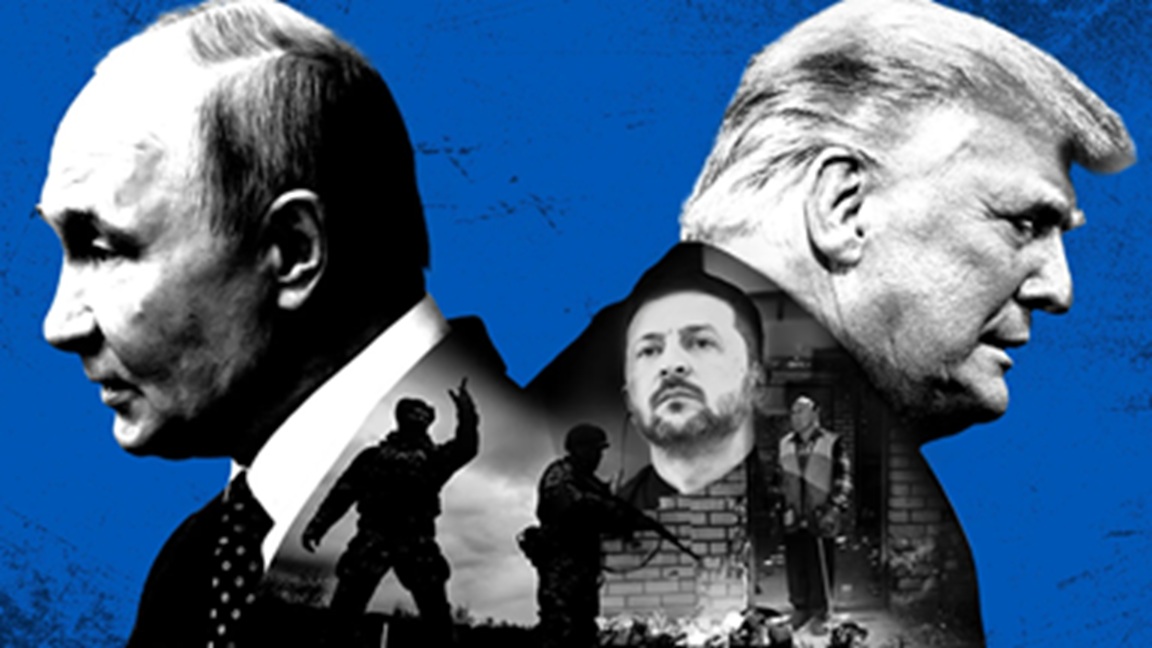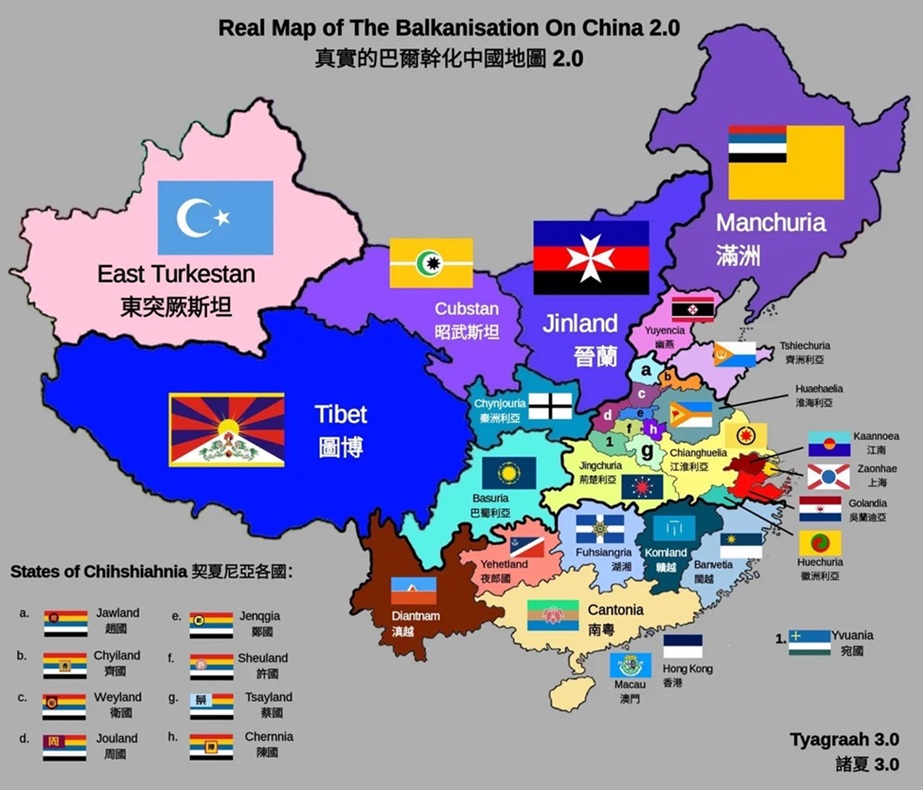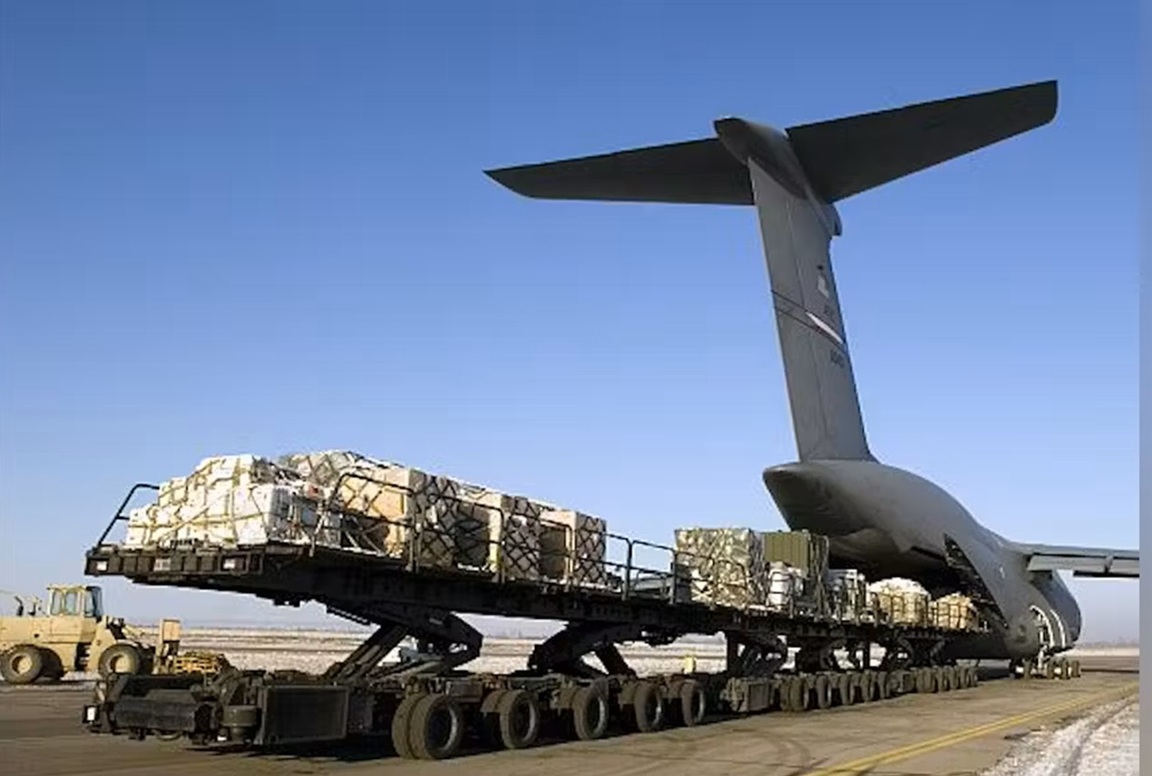After provoking China and North America, U.S. President Donald Trump targets the EU, India and others with ‘reciprocal’ tariffs, triggering fears of a global trade war.
Donald Trump has never been one for economic orthodoxy. His latest foray` into protectionism is a textbook example of why tariffs are a crude and self-defeating instrument. His trade policy appears to be dictated more by bravado than by economic logic. Mark McKinnon, the political strategist, once observed that trade tariffs are a slippery slope – one begets another, and soon a full-scale trade war erupts. History is littered with proof: no one wins, and consumers always suffer. Yet Trump seems determined to test this adage for himself once again.
The president’s protectionist instincts, first honed during his initial tenure, are now in overdrive. His latest barrage of tariffs on America’s trading partners threatens to unravel the fragile global economic order, with India among those caught in the crossfire.
Economists have long argued that free trade expands economic output and raises incomes, whereas tariffs restrict growth, inflate prices, and ultimately erode prosperity. Historical evidence is unambiguous: tariffs reduce employment, lower household incomes, and diminish economic output. Yet Trump’s administration is charging ahead with a 25 per cent tariff on imports from Canada and Mexico – America’s largest trade partners – a move that economists estimate will shave off 0.2 per cent of the country’s long-run GDP, significantly reduce full-time jobs, and impose an average tax burden of $1,072 per household. These figures do not even account for the inevitable retaliation from spurned trade partners.
If history is any guide, those retaliations will be swift and painful. The last time Trump wielded tariffs as a political cudgel, his administration imposed duties on $380 billion worth of imports, triggering one of the largest tax hikes in decades. Faced with immediate backlash from Canada and Mexico, he was forced into embarrassing reversals (twice in as many days) exempting a wide swathe of goods from the new tariffs. His abrupt policy flip-flops have only heightened global uncertainty, leaving businesses and financial markets jittery.
China, the perennial adversary in Trump’s economic battles, has responded with force. The latest wave of American tariffs has prompted Beijing to impose counter-tariffs on U.S. coal, liquefied natural gas, crude oil, agricultural machinery, and automobiles. In a more strategic escalation, China has launched an antitrust probe into Google, placed American fashion and biotech firms on its “unreliable entities” list, and curbed the export of critical minerals essential for high-tech industries. The trade skirmish is rapidly morphing into a full-fledged economic war, with consequences extending far beyond bilateral relations.
Not content with aggravating China and North America, Trump has turned his sights on the European Union, India and other key trading partners. He has announced ‘reciprocal’ tariffs on a range of imports, triggering fears of a cascading global trade conflict. His strongman tactics are a geopolitical hazard, with the potential to derail global growth.
Trump’s rhetoric on ‘reciprocal tariffs’ suggests that New Delhi’s exports, spanning gems and jewellery, pharmaceuticals and automobiles, face an uncertain future. Indian businesses are bracing for higher costs, job losses, and a potential economic slowdown, while policymakers scramble to formulate a counterstrategy.
To mitigate the fallout, New Delhi has taken some pre-emptive steps. Tariffs on high-end motorcycles have been slashed from 50 per cent to 30 per cent, and duties on Bourbon whiskey have been cut from 150 per cent to 100 per cent. Further reductions are being considered on select agricultural products, chemicals, pharmaceuticals, medical devices, and electronic goods. India is also contemplating increased imports of American energy products and defence equipment, with the F-35 fighter jet potentially on the shopping list. Yet these stopgap measures are hardly a sustainable solution.
Recognizing the gravity of the situation, External Affairs Minister S. Jaishankar recently suggested that India and the U.S. are working towards a separate bilateral trade agreement. While some hawks advocate retaliatory tariffs, India must take a pragmatic approach. A full-fledged trade war would be mutually destructive, and diplomacy remains the best course. Commerce Minister Piyush Goyal has been dispatched to Washington for negotiations, but whether his efforts will bear fruit remains to be seen.
Beyond direct U.S.-India trade relations, there are additional risks. As Trump tightens the screws on China, India may find itself inundated with an influx of cheaper Chinese goods seeking alternative markets. The prospect of intensified competition with China in third-country markets further complicates New Delhi’s economic calculus.
For India, the path forward is clear but challenging. It must shield itself from the worst effects of Trump’s economic nationalism while securing long-term access to key markets. The trade war’s unpredictability demands agility, strategic diversification, and deeper engagement with like-minded trading partners. As former U.S. Congressman Todd Rokita once said, “Talk is cheap. Actions are what matter.” New Delhi must ensure that its response to Trump’s tariffs is measured, proactive and above all, effective.
Disclaimer: The views and opinions expressed by the author do not necessarily reflect the views of the Government of India and Defence Research and Studies
Article courtesy:https://www.theperfectvoice.in/
Title image courtesy: ISFM








